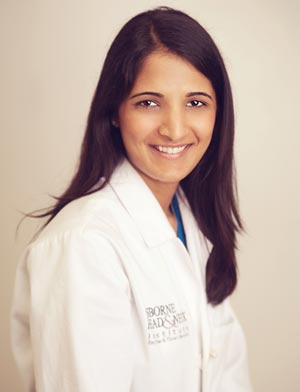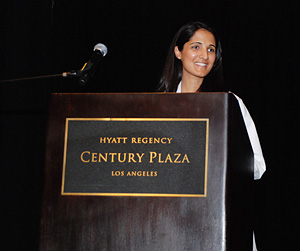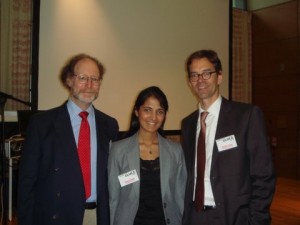- Question: How do the ingredients in e-cigarettes and vaporizers affect respiratory health? - August 16, 2019
- Bad Technique and Vocal Injury - January 9, 2019
- Is Edible Marijuana Dangerous for the Voice? Myths Dispelled - December 18, 2018
- Surprise! You have a hemorrhage - January 31, 2018
- Graves’ Disease: Treatment Overview - September 25, 2017
- Adele and the Stigma of Vocal Injury - July 11, 2017
- Vocal Curbside Consult: How does the thyroid affect the voice? - May 16, 2017
- Vocal Curbside Consult: How do hormones affect the voice? - May 3, 2017
- Vocal Curbside Consult: How do emotion and stress affect the voice? - April 17, 2017
- Vocal Curbside Consult: Vocal Recovery After Illness - April 7, 2017
This is the second chapter of a series of helpful information geared towards professional voice users, presented by Otolaryngologist Dr. Reena Gupta, Director of the Voice and Swallowing Division of the Osborne Head & Neck Institute.
Tip # 2: Understanding Your Instrument

Dr. Reena Gupta, the laryngologist in OHNI’s Voice Division, lectured at Pepperdine University, as a part of Songfest. Songfest is an intensive performing workshop designed to give singers, pianists, singing teachers and coaches the opportunity to work with distinguished faculty and develop their craft. Melanie Emilio, the director of the program, noted an absence of information about voice and singing anatomy. She invited OHNI to lecture about voice anatomy and Dr. Gupta accepted.
No matter how advanced a singer is, they may not have ever learned how the voice works. Dr. Gupta’s lectures don’t force every detail of voice anatomy into a singer’s brain. However, her audience gets a general overview of how the voice works and the interplay of the various muscles that produce voice.
Students who are struggling with a certain element of their performance may completely turn around once they understand how things work. Some people think very abstractly and others concretely and physically. This latter group can use anatomic information to translate what their teachers mean when they say “relax your tongue” or “raise your palate.” It suddenly makes sense, whereas before they understood how these muscles play into voice, they were helplessly tweaking things to try to comply with their vocal coach’s suggestions.
Everyone can benefit from learning how their voices work. There may be something huge that clicks for you when you see the muscles and their contribution to sound. Or it may be something small, like seeing the relationship between your throat and your sinuses that makes “singing in the mask” make sense.
Some key points about singing and voice anatomy:
- Your lungs are you power source, producing strong sound
- A critical component are the two vocal folds (or cords), which make the air column from your lungs vibrate
- Smooth vocal fold vibration is the key to smooth sound
- Everything above your vocal folds (lips, tongue, sinuses) are resonators, shaping sound and giving it color
A message from Dr. Reena Gupta, laryngologist at OHNI’s Division of Voice
I’ve come to understand that vocal students can be amazing technicians but they have never been taught how their voices work. But when they learn this information, they start to ask questions because various problems they had with their singing suddenly make sense.
Whatever you take from learning about how your voice is produced, it will inevitably translate to better technique and safer voice production.
If you would like to speak with one of our ENT specialists about ear, nose, or throat problems and treatment options, we at OHNI will be happy to schedule an appointment or phone consultation with you.
To learn more about Dr. Reena Gupta or proper vocal care, visit: http://www.voicedoctorla.com/
Contact a Physician at Osborne Head & Neck Institute
If you would like to speak with one of our physicians regarding this issue or another ear, nose, throat problem; or have other questions or concerns, please complete the contact form below or call us at 310-657-0123.



